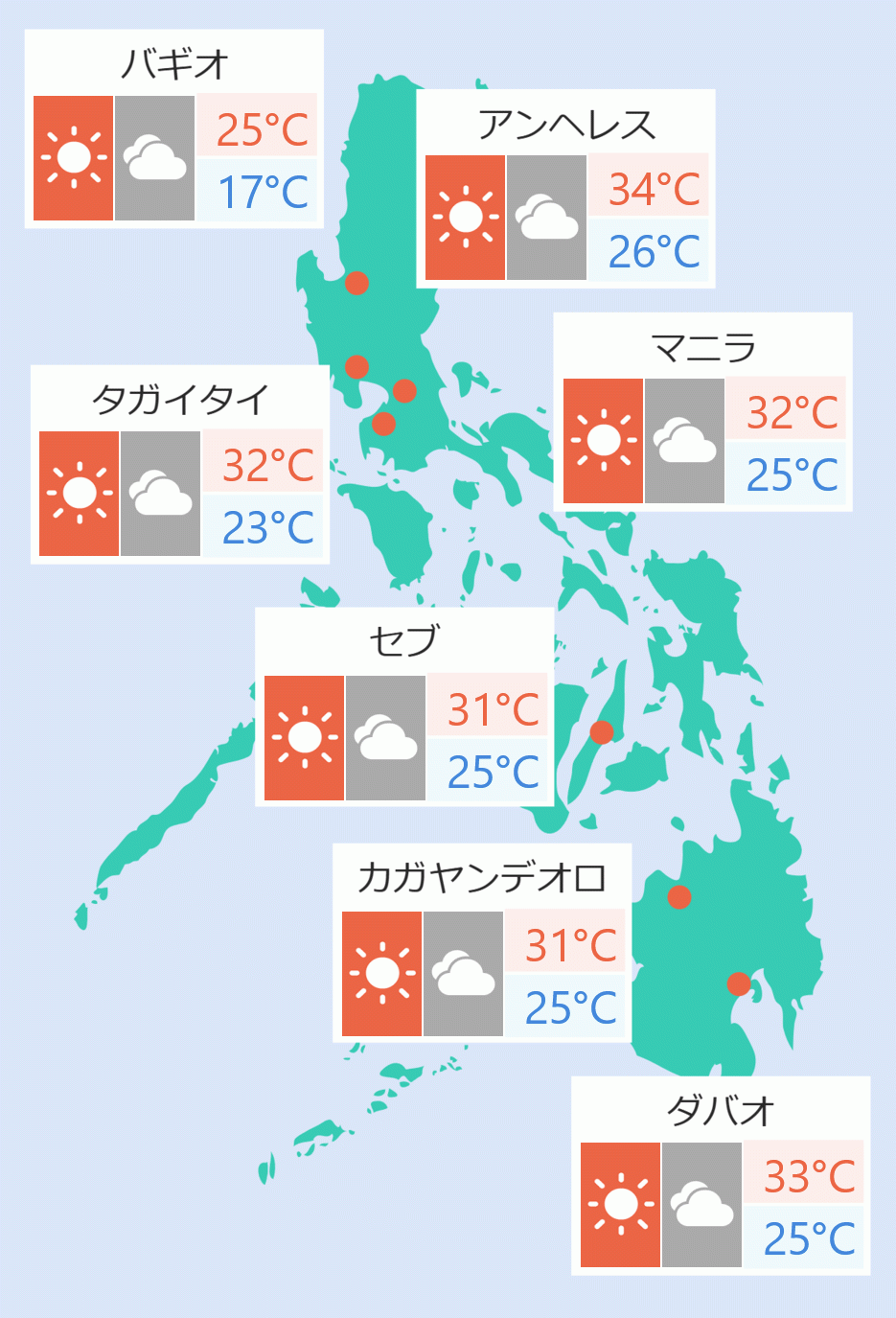The government is carrying out different approaches in tackling the effects of the El Nino phenomenon in the country, President Ferdinand Marcos Jr. said on Monday.
In a media interview in Bacolod City, the President said all the regions in the country were affected by the dry spell and the response varied depending on the severity.
“Actually, ang katotohanan niyan, lahat maapektuhan. Kahit gaano kalala ang magiging effect ng El Nino. It’s really, ang mga probinsya sa Western side na tinatamaan, Western Luzon tapos dito, Region 6. So, those are the areas nag declare ng [state of] calamity,” Marcos told reporters.
“But the other areas, although ramdam pa rin, hindi naman critical. As a matter of fact, kasi naglagay nga tayo ng mga dam. Patuloy nating inayos ang ating irigasyon, we should, and we are trying new techniques of planting. We are harvesting more palay now than we did last year despite the El Nino,” he said.
Marcos enumerated several state responses, saying the government is focusing on areas not irrigated to boost agricultural production despite the drought.
Recognizing the problems being encountered by several locations, Marcos pointed out that the government must implement multiple responses.
“Hindi naman pwedeng shotgun lang, one size fits all no. So, we look at each area and see what it is that they need. So, that’s what we are, that’s the way we are handling local state of calamity that the local governments are declaring,” he said.
Authorities have forecasted the El Nino phenomenon will persist until May this year.
The Task Force El Nino said that by end of April this year, around 80 provinces will be affected by the dry spell. Presidential News Desk





 English
English










